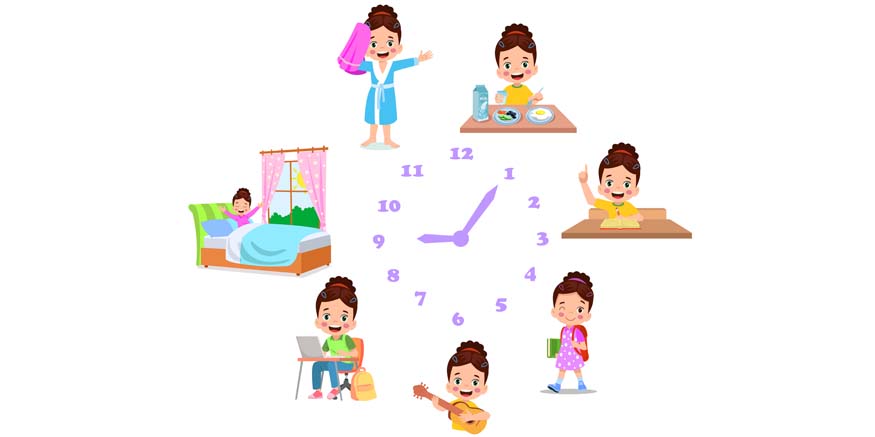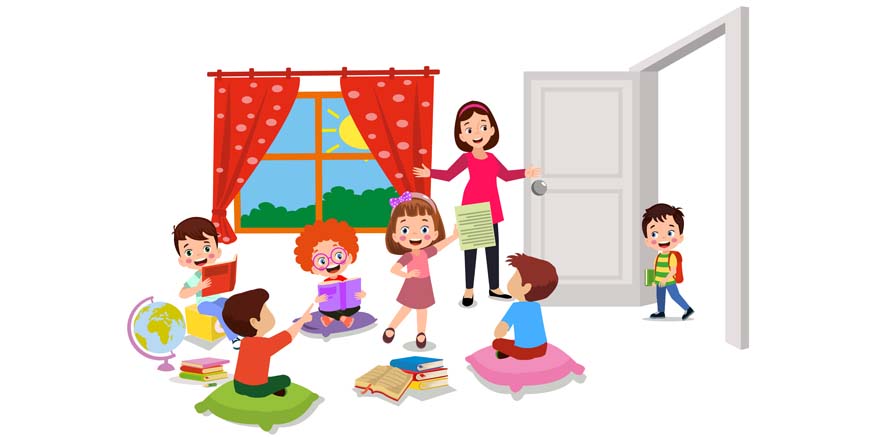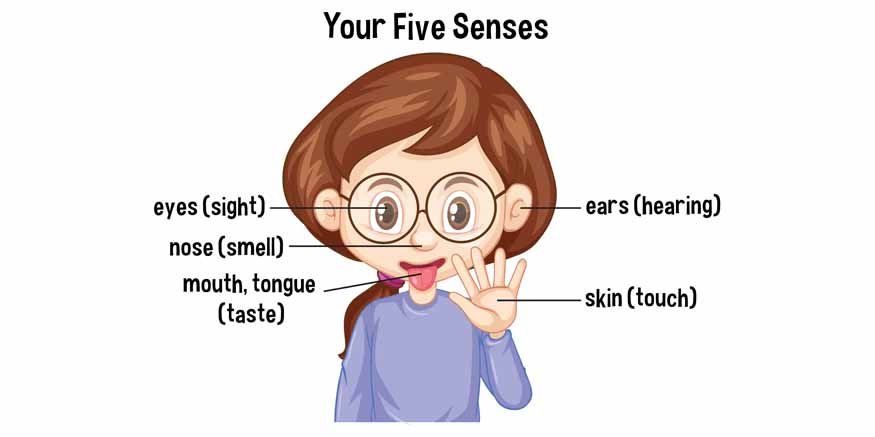Communication plays a crucial role in the relationship between parents and their young children. At an early age, children are still learning to understand the world around them, and clear communication helps them feel safe, understood, and connected to their parents. By developing good communication habits, parents can support their child’s emotional, social, and cognitive growth.
However, communicating with a young child can sometimes be challenging. They may not yet have the language skills to express their feelings fully, and their understanding of the world is often different from that of adults. In this blog, we’ll explore how to communicate effectively with young children in ways that foster a deeper bond, encourage development, and ensure mutual understanding.
- Use Simple and Clear Language
- Get Down to Their Level
- Listen Attentively
- Use Positive Reinforcement
- Ask Open-Ended Questions
- Use Non-Verbal Communication
- Be Patient
- Acknowledge Their Feelings
- Set a Good Example
- Create a Safe Space for Communication
- Be Consistent
Young children are still developing their vocabulary, so it’s important to speak in simple terms they can understand. Avoid using complex words or long sentences that may confuse them. When giving instructions or asking questions, keep it short and to the point.
For example, instead of saying, “We need to hurry up and get ready because we have an appointment in 30 minutes,” you might say, “It’s time to get dressed now.” The simpler the language, the easier it is for a child to grasp what you mean.
Children respond better when they feel you are speaking directly to them. When talking to your child, try to get down to their eye level. This makes the conversation more personal and shows them that you are fully engaged in what they are saying.
By being at their level, your child feels more comfortable and important. It also helps you make better eye contact, which is a key element of effective communication.
Listening is just as important as speaking when it comes to communication. When your child is talking, give them your full attention. Avoid interrupting or finishing their sentences for them, as this may discourage them from sharing their thoughts.
Show that you are listening by nodding or repeating back what they said in your own words. For example, if your child says, “I’m scared of the dark,” you could respond, “I understand that the dark can feel scary.” This validates their feelings and shows that you are paying attention.
Children respond well to encouragement and praise. When your child communicates well or follows instructions, acknowledge their effort with positive reinforcement. Simple phrases like “Good job!” or “I’m proud of how you asked for help” help build their confidence and reinforce good communication habits.
Positive reinforcement encourages your child to express themselves more openly and teaches them that communication is a valuable skill.
While it may be easier to ask yes-or-no questions, open-ended questions encourage your child to think more deeply and express their thoughts in detail. This helps to improve their language skills and gives you more insight into their feelings or experiences.
For example, instead of asking, “Did you have fun at school today?” you could ask, “What was the best part of your day at school?” This type of question invites your child to share more information, leading to better conversations.
Children are highly observant and often pick up on non-verbal cues. Your body language, facial expressions, and tone of voice all play a role in how your child interprets what you are saying. When speaking with your child, make sure your non-verbal communication aligns with your words.
For instance, if you are giving a compliment or comforting your child, a warm smile or gentle touch can reinforce the positive message. On the other hand, if your tone of voice is sharp, even simple instructions can come across as harsh.
Children, especially young ones, take time to process information and express themselves. Be patient when communicating with them. Avoid rushing them to respond or cutting them off when they are struggling to find the right words.
Give your child the space to think and speak at their own pace. This helps them feel valued and encourages them to express themselves freely without fear of judgment.
Children often have big emotions that they may not fully understand. When your child is upset, frustrated, or excited, it’s important to acknowledge and validate their feelings. Saying something like, “I can see that you’re feeling upset,” helps your child understand that their emotions are real and acceptable.
Once you’ve acknowledged their feelings, you can guide them on how to manage those emotions. For example, you could say, “It’s okay to feel upset. Let’s talk about what we can do to feel better.”
Children learn a lot by watching the adults around them. If you want your child to communicate effectively, be a role model for good communication yourself. Show them how to listen actively, respond kindly, and healthily express emotions.
By setting a positive example, you teach your child the importance of respectful communication and help them develop the skills they need to interact well with others.
Children are more likely to open up and communicate freely when they feel safe and secure. Create an environment where your child knows they can speak without fear of punishment or judgment. Encourage them to share their thoughts, questions, and feelings, even if it’s something difficult to talk about.
When children feel safe, they are more likely to come to you with their problems, ask for help when needed, and trust that you are there to support them.
Consistency is key when it comes to effective communication. Children thrive on routines and predictable patterns of interaction. Make communication a regular part of your daily routine, whether during mealtimes, bedtime, or playtime.
This strengthens your bond and reinforces the idea that communication is important in your relationship.
Conclusion
Effective communication with young children takes time, patience, and practice, but the benefits are well worth the effort. By using clear language, listening attentively, and creating a safe and supportive environment, parents can build a strong foundation for healthy communication with their children. This helps children feel understood and valued and supports their overall development.
At Mothers Pet Kindergarten (MPK), we understand the importance of strong communication between parents and children. Our approach emphasizes open communication, ensuring that the child feels heard, valued, and supported. Through nurturing relationships and thoughtful interactions, we aim to help children develop the communication skills they need to succeed in life.













Recent Comments